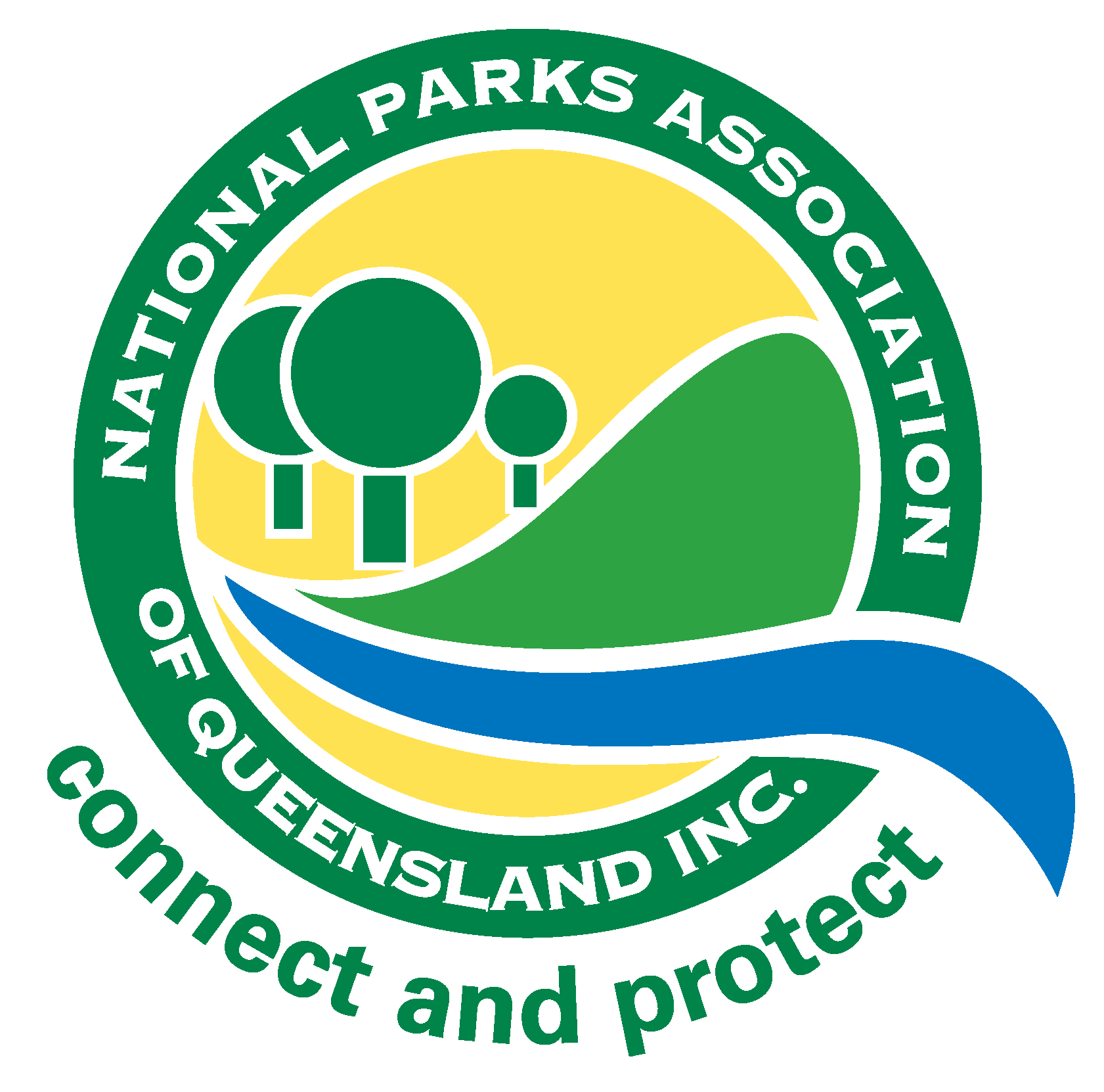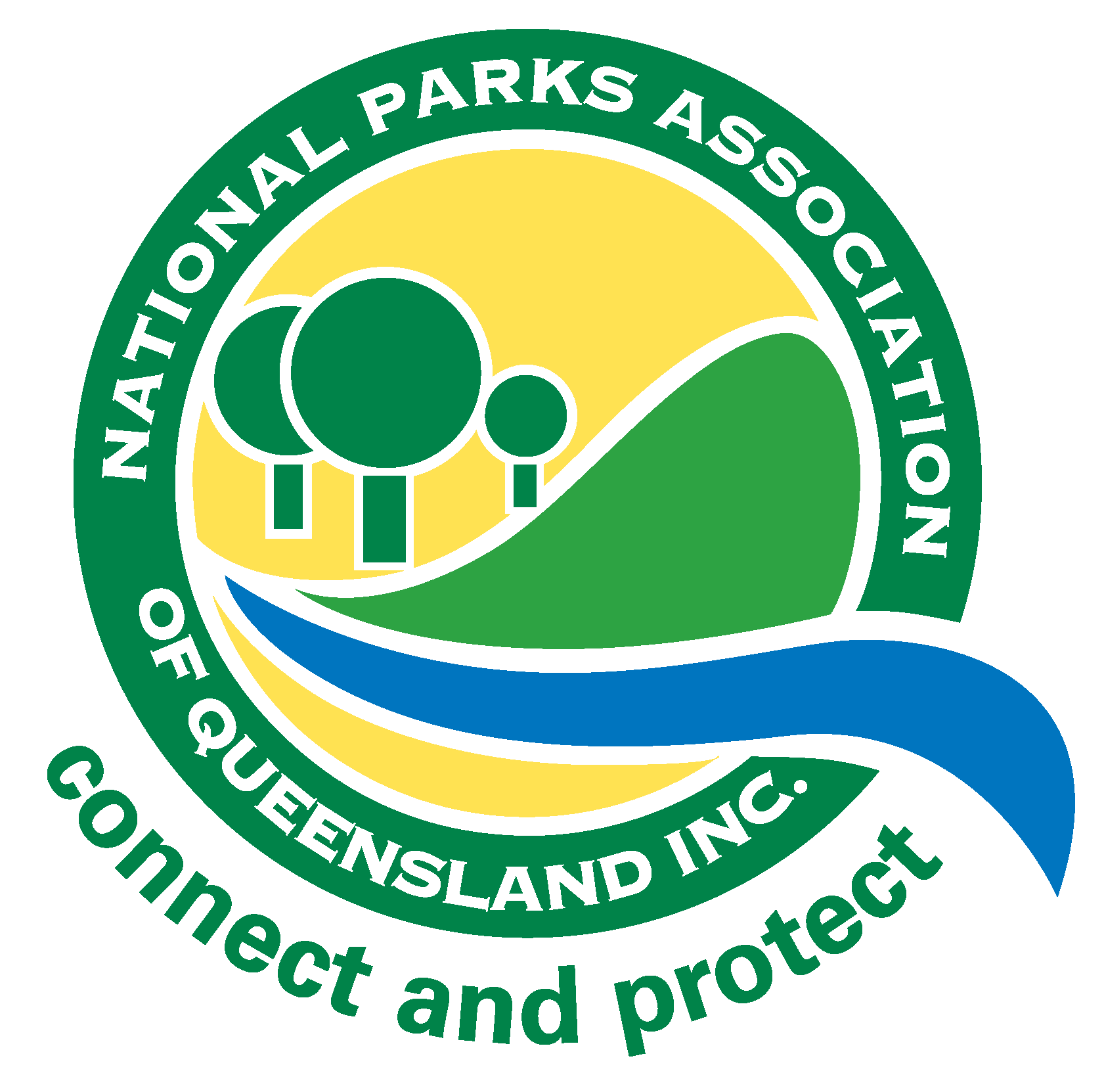Marine Protected Areas, National Parks
Swift action of QPWS helps to mitigate Cyclone Debbie’s widespread impact on parks
Queenslanders are a resilient bunch, tested by drought, flood, bushfires, severe storms and tropical cyclones. But is our environment resilient?
Many Queensland national parks were heavily impacted in late March and early April as Cyclone Debbie cut a path of destruction centred on the Whitsunday and Mackay regions, before tracking south and creating widespread flooding.
The extent of the disaster has led to a mammoth clean-up involving Queensland Parks and Wildlife Service (QPWS) rangers in collaboration with others.
Protected areas hit hard
While cyclones are a natural part of Queensland’s tropical coastal environment, they not only wreak havoc for humans but have the power to transform landscapes and change the structure of ecosystems.
A total of 223 parks and forests across Queensland were affected by Cyclone Debbie.


Destructive winds and very heavy rain battered numerous parks off Queensland’s central coast – including Whitsunday Islands, Lindeman Islands and Repulse Islands – as well as Conway and Eungella (pictured, above left) on the mainland, causing defoliation, erosion and flooding. Tracks and roads blocked by fallen trees and land slips forced closures en masse.
Whitsunday Island’s renowned Whitehaven Beach, more exposed than nearby Hamilton Island which recorded wind gusts of 263km/h, was unrecognisable after facing the full force of the Category 4 tropical cyclone and suffering its worst erosion since Cyclone Ada (1970).
The marine environment also suffered severe damage with Airlie Beach-based ranger Kay Kunze observing “football fields and football fields” of coral totally devastated.
Meanwhile, in the Mackay region, the Bureau of Meteorology reported that some areas had more than 1m of rain within a two-day period – more than half the average annual rainfall.
As recovery efforts in the Whitsunday and Mackay regions began, the now ex-tropical cyclone continued to track down the coastline, affecting many more parks.
Torrential rains and strong winds caused flooding, land slips and considerable fallen vegetation in the Springbrook (pictured, above right) and Lamington parks within the Gold Coast Hinterland. It took two days to open an emergency access lane on Lamington National Park Road after the storm caused 73 land slips, one of which was completely impassable.
‘Safety first’ approach
QPWS’s priority was “safety first”, followed by the reopening of park areas that attract the most visitors.
As rains ceased and flood waters receded, rangers faced a massive task in addressing land slips and clearing fallen trees. The cyclone had hit only two weeks before the Easter long weekend, one of the most popular times for national park visitation in Queensland. Yet by Easter, 190 parks and forests had reopened, with 20 partly opened and only 13 closed.
The assistance of rangers from unaffected parts of the state and collaboration with other agencies, including the Great Barrier Reef Marine Park Authority, was supported by volunteers from groups such as Bushwalking Queensland and Federation of Mountain Rescue undertaking GPS mapping of fallen vegetation.
“ The cyclone had hit only two weeks before the Easter long weekend, one of the most popular times for national park visitation in Queensland. Yet by Easter, 190 parks and forests had reopened, with 20 partly opened and only 13 closed.”
In Lamington National Park, where two rangers were trapped at the park for two days and the mountain road was closed to the public for a month while an estimated total of 10,000 cubic metres of soil was cleared, ranger Wil Buch even commandeered a council backhoe and staff! In the Binna Burra section, the loss of a spectacular stand of 500-year-old tallowwood trees and the collapse of about 100m of cliff onto the Caves Circuit forced the popular track to close for the foreseeable future.
On Whitsunday Island, amid a successful scramble to restore tour boat access to Whitehaven Beach and clear the track to Hill Inlet before Easter, uprooted vegetation removed from the foreshore created about 700 cubic metres of mulch.
In Eungella National Park, rangers worked tirelessly to open the Pine Grove Circuit by Easter. Most day use areas and tracks were reopened subsequently, with only the Crediton Creek trail expected to remain closed for some time.
Although closed at Easter, Conway National Park opened soon after; half of its tracks are now accessible.
How have our wildlife fared?
Debbie’s impact on wildlife has been highlighted by a viral video of a bedraggled cockatoo. However, unlike cyclones Yasi (2011) and Larry (2006), when the loss of canopy caused a food shortage for the endangered southern cassowary population, no concerns over any specific species have been noted by rangers or conservation groups.
Is full recovery possible?
Although about 95 per cent of Queensland’s parks and forests had reopened by the time of publication, full recovery remains a long way off.
Yet many Queensland parks affected by cyclones in recent years – Girramay, Undara Volcanic and Bowling Green Bay (Yasi, 2011) and parks in the Scenic Rim (Oswald, 2013) – have largely recovered.
As fragmented forest systems are less resilient to cyclones given their higher ratio of edge to area and forests stripped of vegetation are susceptible to weed infestation, expansion of the protected area estate can only increase resilience. With the intensity of cyclones, floods and drought expected to increase due to climate change, it is essential.
~~~~~~~~~~~~~~~~~~~~~~~~~~~~~~~~~~~~~~~~~~~~~~~~~~~~~~~~~~~~~~~
This article was first published in Issue 15 of the National Parks Association of Queensland (NPAQ) bi-monthly magazine, Protected (June-July 2017)

